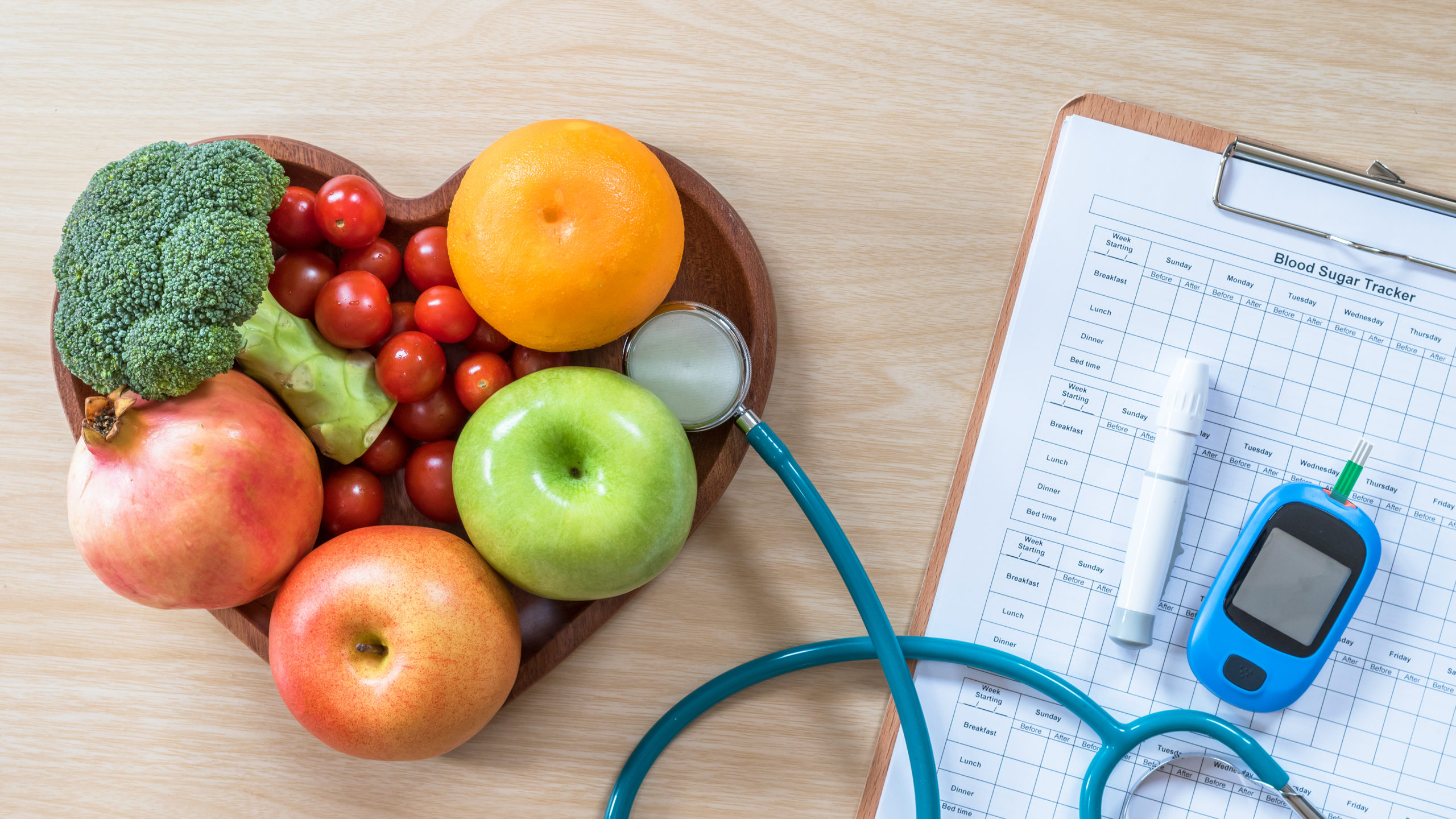
Black people are 30 percent more likely to die from heart disease and 40 percent more likely to have high blood pressure or hypertension than whites. It is estimated that one in three adults has high blood pressure, but many do not know they have it.
High blood pressure is sometimes called a "silent killer" because it usually has no symptoms until serious problems develop.
Maintaining a normal blood pressure level can reduce your risk of having a heart attack or stroke. Scientific evidence shows that following the Dietary Approaches to Stop Hypertension (DASH) diet lowers blood pressure and LDL cholesterol—often referred to as bad cholesterol, which reduces risk factors for stroke and is good for your heart.
The DASH eating plan is flexible and balanced. The plan recommends eating fruits, vegetables, fat-free or low-fat milk and milk products, whole grains, fish, poultry, beans, seeds, and nuts. It also has less sodium; sweets, added sugars, and beverages containing sugar; fats; and red meats than the typical American diet.
DASH limits foods that are high in saturated fat, such as fatty meats, full-fat dairy products, and tropical oils such as coconut, palm kernel, and palm oils.
DASH is rich in potassium, magnesium, calcium, protein, and fiber – all nutrients that will help support bone health.
Studies show that the DASH diet reduces bone turnover, which may improve bone mineral status with the potential to reduce the risk for osteoporosis.
Following the DASH diet also lowers risk factors for metabolic syndrome, including elevated cholesterol, low HDL—also known as good cholesterol, and high triglycerides. Metabolic syndrome is the name for a group of risk factors for heart disease, diabetes, and other health problems.
The DASH eating plan requires no special foods and instead provides daily and weekly nutritional goals. The following tips will help you ease into the DASH style of eating.

Don't try to change your diet overnight. Give yourself a chance to adjust and make DASH part of your daily routine. You'll get the best results if you make changes over a couple of days or weeks.
- DASH eating plan has more servings of fruits, vegetables, and whole-grain foods than you may be used to eating. These foods are high in fiber and may cause some bloating and diarrhea. To avoid these problems, gradually increase the amount of fruit, vegetables, and whole-grain foods you eat over several weeks. For example, add a serving of vegetables at lunch one day and dinner the next, and add fruit at one meal or as a snack.
- Increase your use of fat-free and low-fat milk products to three servings a day. If you have trouble digesting milk products, try taking lactase-enzyme pills (available at drug stores and groceries) with milk products. Or buy lactose-free milk, which includes the lactase enzyme.
- Limit lean meats to 6 ounces a day—3 ounces a meal, which is about the size of a deck of cards. If you usually eat large portions of meats, cut them back over a couple of days—by half or a third at each meal.
- Include two or more vegetarian-style, or meatless, meals each week.
Eating the DASH way will keep your blood pressure in check, improve bone health and lower your risk for heart disease, stroke, and the metabolic syndrome.
To personalize DASH, based on your age and activity level, click here for a copy of the DASH eating guide.









